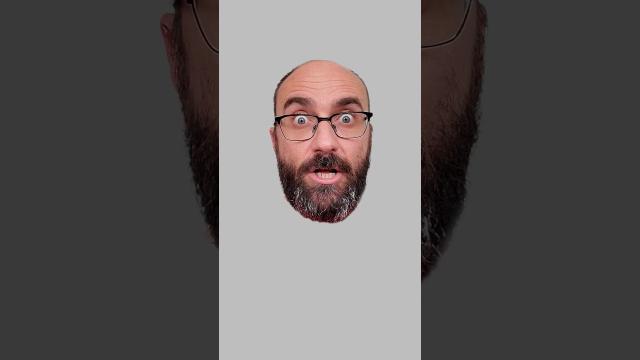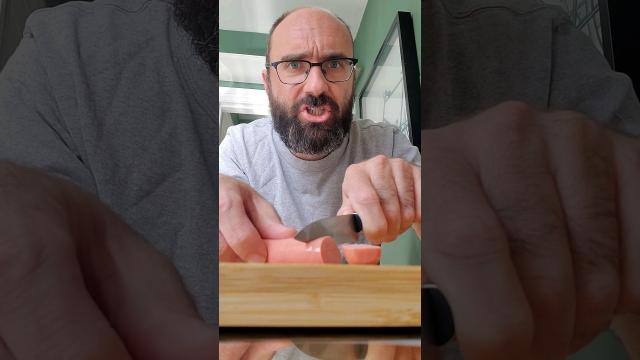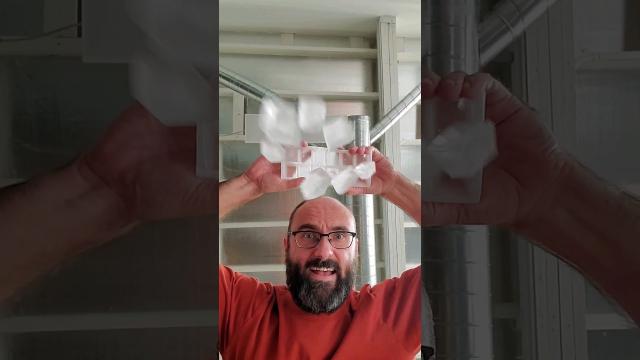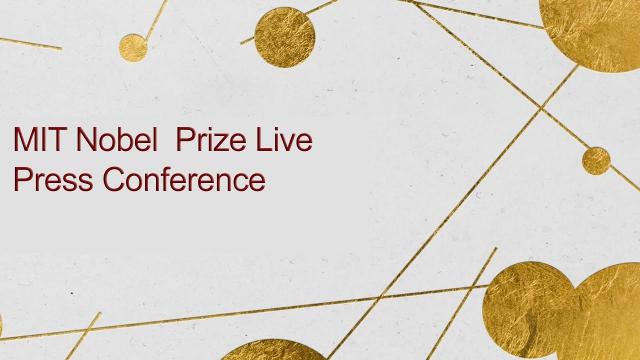Time Travel, Teleportation & Science
Time travel is the concept of moving between different points in time in a manner analogous to moving between different points in space, generally using a theoretical invention, namely a time machine. It has a commonly recognized place in philosophy and fiction, but has a very limited application in real world physics, such as in quantum mechanics or wormholes.
Although the 1895 novel The Time Machine by H. G. Wells was instrumental in moving the concept of time travel to the forefront of the public imagination, The Clock That Went Backward by Edward Page Mitchell was published in 1881 and involves a clock that allowed three men to travel backwards in time.[1][2] Non-technological forms of time travel had appeared in a number of earlier stories such as Charles Dickens' A Christmas Carol. Historically, the concept dates back to the early mythologies of Hinduism (such as the Mahabharata), Buddhism, and Islam through ancient folk tales. More recently, with advancing technology and a greater scientific understanding of the universe, the plausibility of time travel has been explored in greater detail by science fiction writers, philosophers, and physicists.
Teleportation, or Teletransportation, is the theoretical transfer of matter or energy from one point to another without traversing the physical space between them. It has a commonly recognized place in science fiction literature, film, and television, but as yet has a very limited application in real world physics, such as quantum teleportation or the study of wormholes.
Science (from Latin scientia, meaning "knowledge") is a systematic enterprise that builds and organizes knowledge in the form of testable explanations and predictions about the universe. In an older and closely related meaning, "science" also refers to a body of knowledge itself, of the type that can be rationally explained and reliably applied. A practitioner of science is known as a scientist.
In modern usage, "science" most often refers to a way of pursuing knowledge, not only the knowledge itself. It is also often restricted to those branches of study that seek to explain the phenomena of the material universe.
Source : Wikipedia
-
02:41
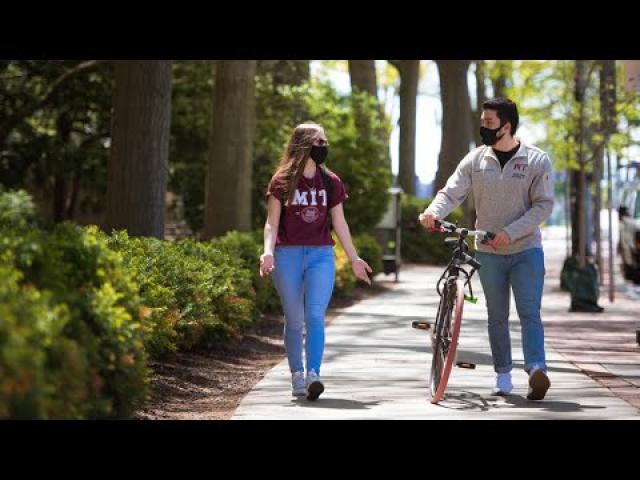
Welcome home
Added 214 Views / 0 LikesDespite the pandemic, the MIT community has continued teaching, learning, supporting the Institute’s mission, and investigating the world and finding new ways to make it better. To those arriving on campus for the first time, and to those returning: Welco
-
01:07
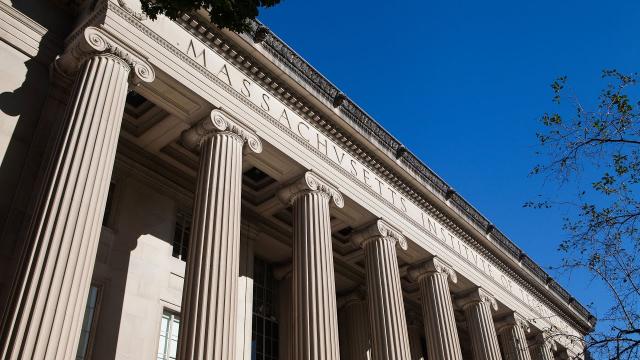
Welcome to MIT
Added 214 Views / 0 LikesThe Massachusetts Institute of Technology is an independent, coeducational, privately endowed university in Cambridge, Massachusetts. Our mission is to advance knowledge; to educate students in science, engineering, technology, humanities and social scien
-
06:04
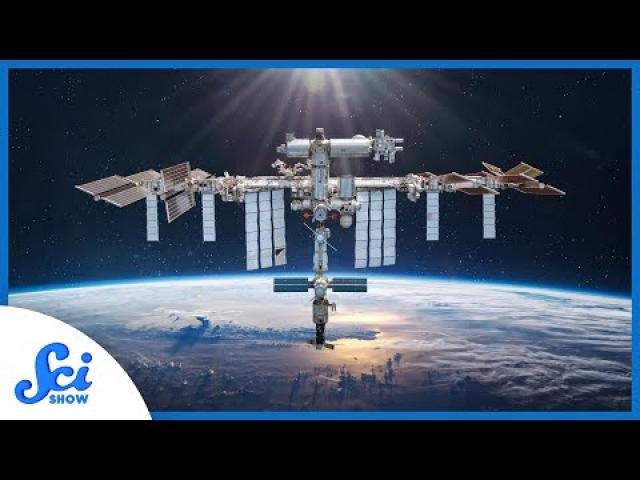
What Will Happen to The ISS?
Added 214 Views / 0 LikesAfter more than two decades buzzing around above our heads, the life of the ISS will soon be coming to a close. But what does that actually look like? And what does it mean for the future of space experimentation? Hosted By: Reid Reimers----------Huge tha
-
06:12

The Mystery of the Star That Wasn't There
Added 214 Views / 0 LikesSign up to Morning Brew for free today https://morningbrewdaily.com/scishowspace. Sponsored by Morning BrewIn the 1970s, astronomers discovered a mysterious source of gamma rays that, 50 years later, still hasn’t revealed all of its secrets.Hosted by: Han
-
06:15
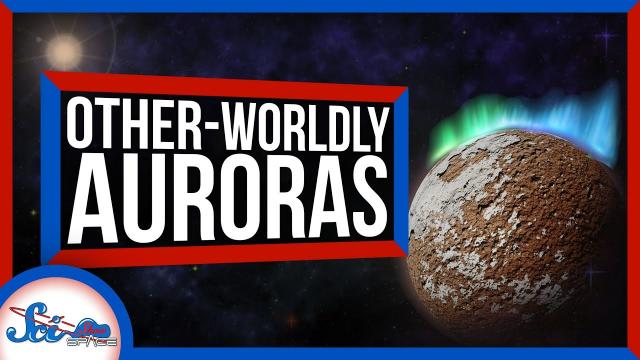
How Other-Worldly Auroras Help Us Explore the Galaxy
Added 213 Views / 0 LikesEarth’s northern and southern lights are some of the most magical sights on our planet. But they’re not unique to Earth, and aside from being beautiful, auroras can also give us unusual insights into these other worlds.Magnetic words: https://store.dftba.
-
01:40
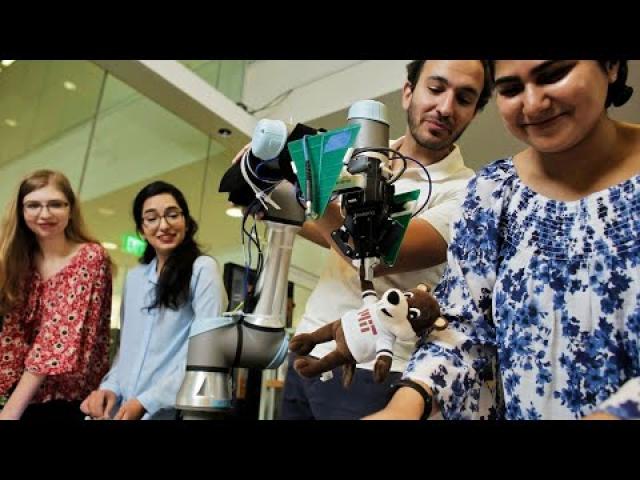
Robotic system can locate and retrieve hidden items
Added 213 Views / 0 LikesThis new robotic system, named FuseBot, uses radio frequency signals, computer vision, and complex reasoning to efficiently find items hidden under a pile. (Learn more: https://news.mit.edu/2022/robot-pick-place-hidden-objects-0629)Watch more videos from
-
07:48
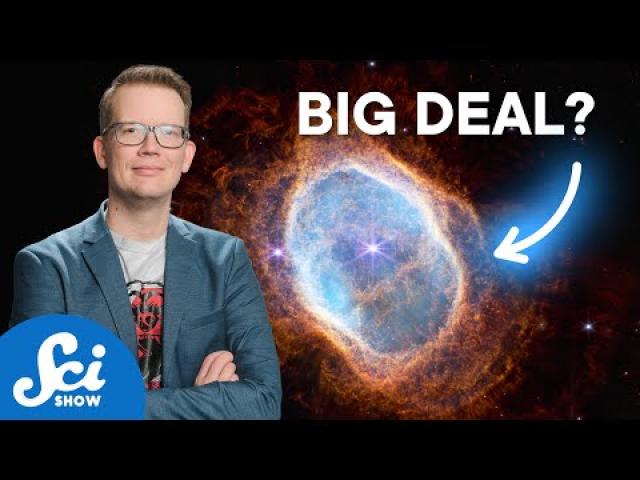
Special Webb Update: The Webb's First Four (actually 7) Images Explained
Added 213 Views / 0 LikesThe first full-color images from the James Webb Space Telescope are finally here! Let's take a look, talk about what we're seeing, and compare them to the most detailed version of these images we had before.Hosted By: Hank Green----------Huge thanks go to
-
22:14
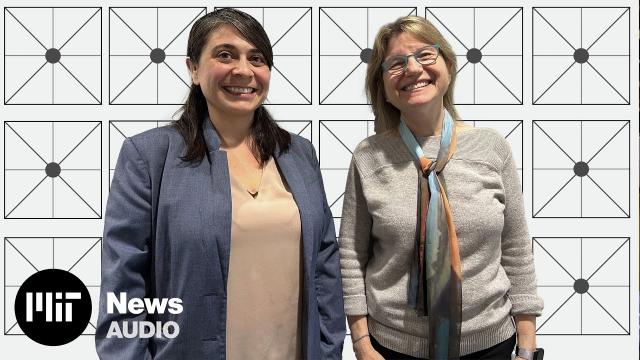
Curiosity Unbounded, Ep 1: How a free-range kid from Maine is helping green-up industrial practices
Added 213 Views / 0 LikesIn this episode, MIT President Sally Kornbluth sits down with newly tenured associate professor of civil and environmental engineering, Desirée Plata. Her work focuses on making industrial processes more environmentally friendly, and removing methane (a k
-
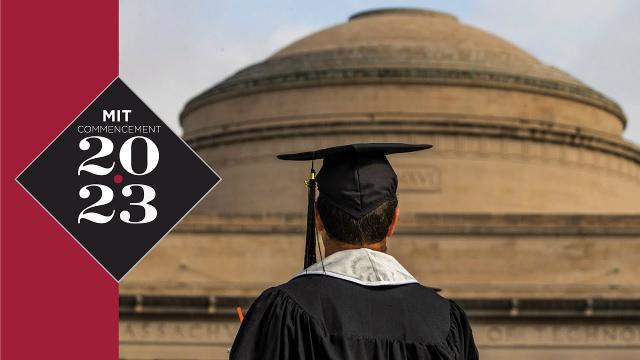
2023 MIT Undergraduate Commencement Live Webcast
Added 213 Views / 0 LikesAll Undergraduates receiving a Bachelor's degree are invited to the Undergraduate Ceremony on Friday, June 2, 2023. Names will be read and photos taken; graduates will cross the stage at this ceremony. Participating graduates are eligible for four (4) gue
-
16:25
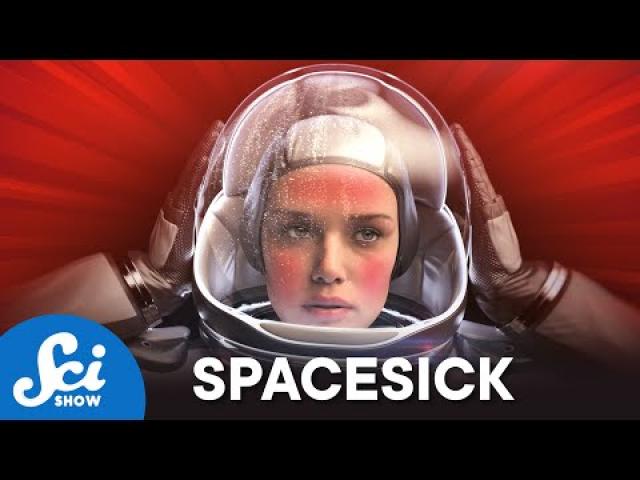
How We Get Sick in Space and How to Recover
Added 212 Views / 0 LikesHead to https://shopify.com/scishow to learn more and for a 14-day free trial. Thanks to Shopify, an ecommerce platform that helps you start, grow, and manage your business, for supporting SciShow.No one likes being sick, but can you imagine catching a bu
-
00:10
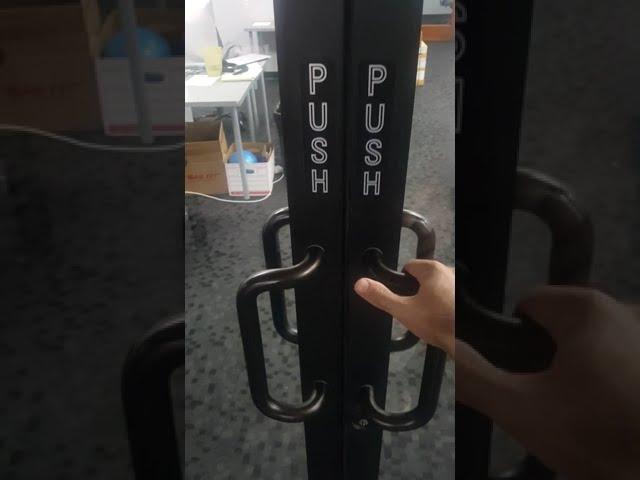
Or Is It? #shorts
Added 212 Views / 0 Likes#breaktherules #shorts #donttellmewhattodo #thinkforyourself #rebel #donttellmymom #vsaucetheme #jakechudnow #moonmen
-
05:38
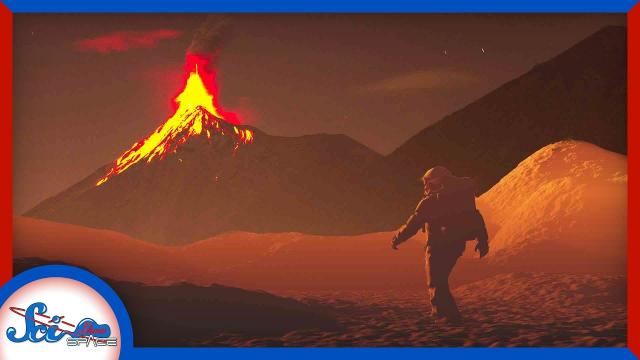
Active Volcanoes on Mars?
Added 211 Views / 0 LikesThis episode is brought to you by the song Like This -- Patrick Olsen’s new single. It’s available now on all streaming services.https://streamlink.to/like-thisMars is covered with the remnants of long-dead volcanoes, but one of them might have been alive
-
05:40
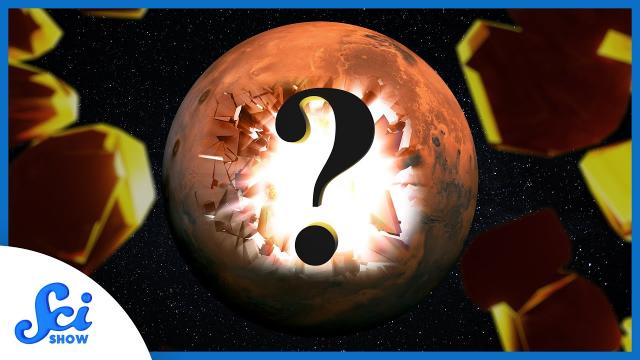
The First-Ever Map of Mars’s Interior
Added 211 Views / 0 LikesWe’ve done a surprising amount of exploration on Mars, from its atmosphere, to its surface, and miles deep into its canyons. But mapping its insides has been a quandary that we hadn’t been able to solve until last week! Hosted by: Hank GreenSciShow has a
-
03:32
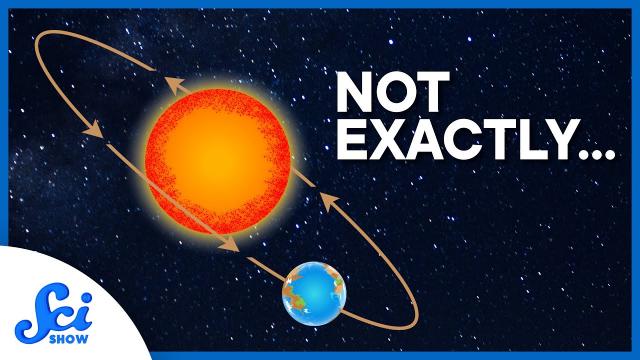
Earth Doesn’t Orbit the Sun
Added 211 Views / 0 LikesUnderstanding gravity can sometimes be a bit of a balancing act, much like the fundamental laws of physics and how they inform what it is exactly that Earth orbits.Hosted By: Hank Green----------Huge thanks go to the following Patreon supporter for helpin
-
00:17
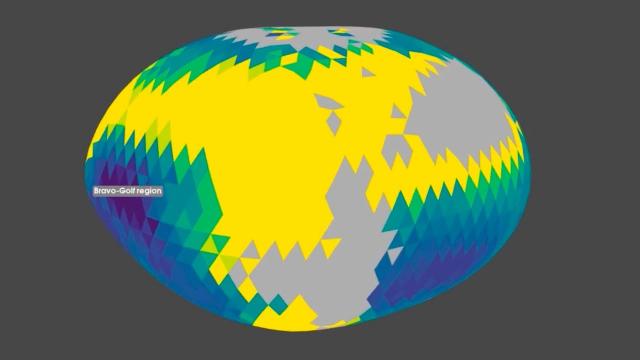
Maps of the asteroid Psyche
Added 211 Views / 0 LikesOn the left, the map shows surface properties on Psyche, from sandy areas (purple/low) to rocky areas (yellow/high). The map on the right shows metal abundances on Psyche, from low (purple) to high (yellow). Learn more: https://news.mit.edu/2022/asteroid-
-
25:12
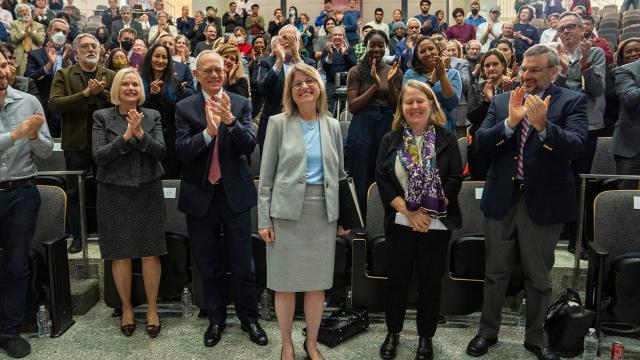
MIT Community Introduction: President-elect Dr. Sally A. Kornbluth
Added 211 Views / 0 LikesOn October 20, 2022, the MIT Community was introduced to the 18th president-elect Dr. Sally A. Kornbluth. Watch more videos from MIT: http://www.youtube.com/user/MITNewsOffice?sub_confirmation=1The Massachusetts Institute of Technology is an independent,

